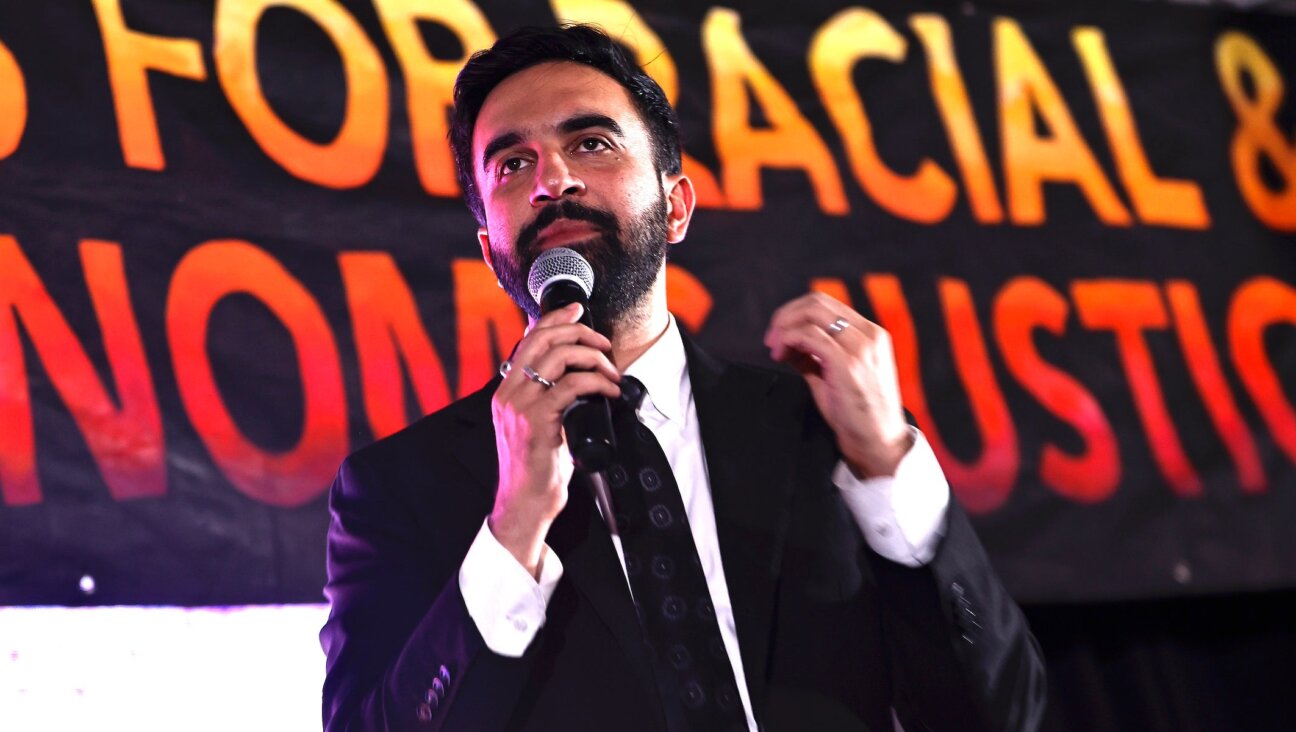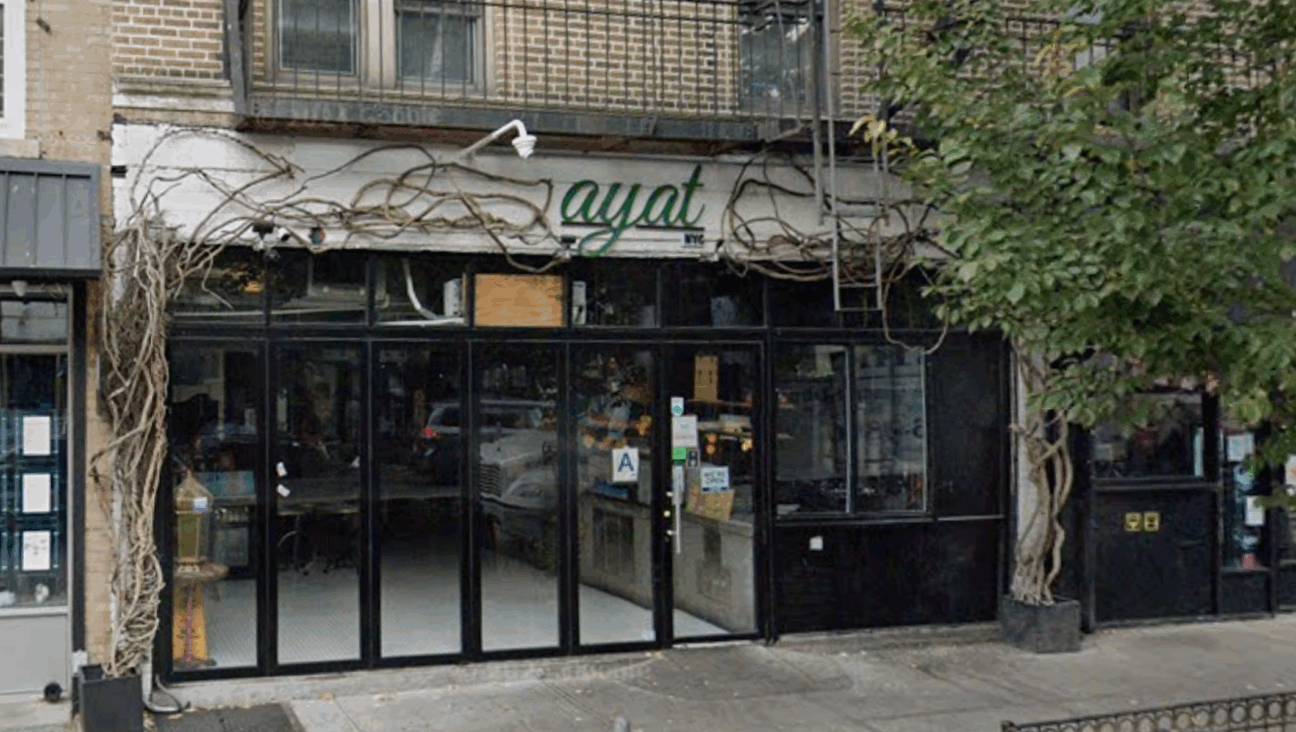In Terror, Satmar and Chabad Rabbis United

Graphic by Angelie Zaslavsky
While most of the media attention in the wake of the attack on the Chabad-run Nariman House in Mumbai has focused on slain Lubavitch emissaries Gavriel and Rachel Holtzberg, less noted was the death of a third Hasidic Jew in the assault, Aryeh Leibish Teitelbaum, a member of the Satmar sect. What makes Teitelbaum’s death particularly striking is that, though he and the Holtzbergs all came from Brooklyn, only in a city like Mumbai would they have eaten and prayed together in the same house.
In places like Brooklyn and Jerusalem, where the ultra-Orthodox population is large and diverse, members of the Chabad and Satmar communities — two of the largest and most prominent ultra-Orthodox groups — have kept their distance and at times have even fought openly.
While Chabad believes in extensive engagement with the non-Jewish world, Satmar rejects almost all such engagement, and while the Chabad movement is ardently Zionist, Satmar is a non-Zionist movement.
But in far-flung places with tiny Jewish populations, Chabad, which has outposts around the globe, is often the only outlet for kosher food and prayer services. Even though Chabad is best known for its outreach to non-Orthodox Jews, the tragedy in Mumbai illuminates the role that Chabad has played as a haven for fellow ultra-Orthodox travelers.
One of the most frequent obstacles to mixing between ultra-Orthodox sects is that they do not always accept each other’s kashrut certifications and thus cannot sit down to a meal together. It is especially telling that Teitelbaum, who was a kashrut supervisor and was in India overseeing canned mushroom production, was willing to take his meals there, according to Satmar community members who spoke to his family after his death.
“They made sure not only to have Chabad shchita [certification for kosher meat] but to have other shchita as well, so that others could be accommodated,” said Leib Glanz, a rabbi and community leader in one of Brooklyn’s Satmar enclaves, who had spoken with Teitelbaum’s father.
Teitelbaum was no ordinary member of the ultra-Orthodox Satmar sect. He was a scion of one of the group’s most prominent families.
The 38-year-old Teitelbaum was closely related by both blood and marriage to Zalman and Aaron Teitelbaum, the feuding brothers who serve as the chief rabbis of the two largest Satmar communities in the United States.
Teitelbaum’s father, Nacham Ephraim Teitelbaum, is the Velover rebbe, a title of distinction passed down through the generations. The father has the final say over what food qualifies for the Velover hechsher, a stamp of approval accepted by many of the strictest adherents to Jewish dietary law in the Satmar and other ultra-Orthodox sects.
“It’s one of the most powerful hekhshers in the Jewish community,” said Abe Deutsch, a leading member of the Satmar enclave in Williamsburg.
The younger Teitelbaum grew up in Brooklyn and moved to Jerusalem as an adult, where he married into one of Israel’s leading Satmar families. After the attacks last week, Teitelbaum’s body, like those of the Chabad couple, was flown back to Israel, but there they were separated again. While the Holtzbergs were buried in a public funeral, their coffins draped in Israeli flags, Teitelbaum was buried in a separate private ceremony in which Zionist iconography was banned.














